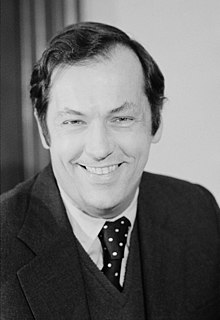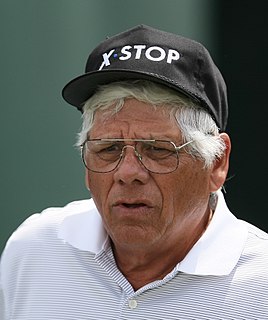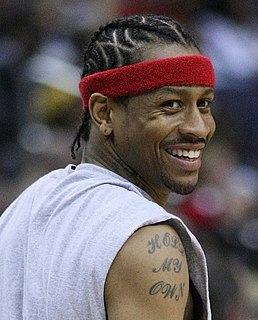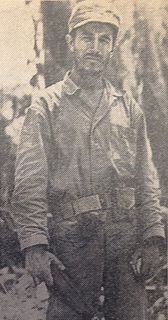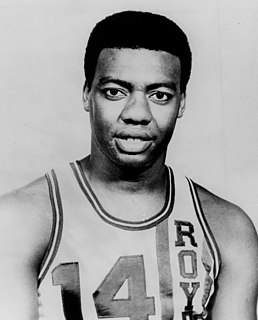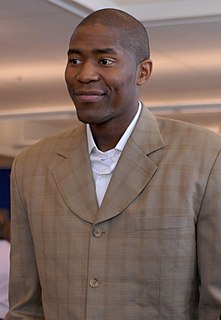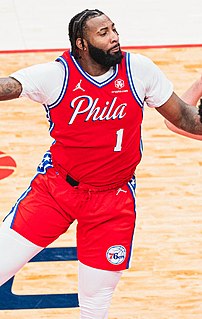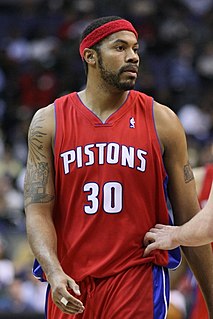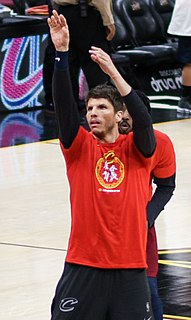A Quote by Bill Bradley
I always thought the objective of basketball was to get the maximum amount of movement to get the easiest shot, closest to the basket. With the three-point rule, the whole strategy changes, and you make a move and then throw it 30 feet out, where somebody takes a standing jump shot.
Related Quotes
Every shot feels like the first shot of the day. If I'm on the range hitting shot after shot, I can hit them just as good as I did when I was 30. But out on the course, your body changes between shots. You get out of the cart, and you've got this 170-yard 5-iron over a bunker, and it goes about 138.
When the NBA first resorted to it in 1979, I must admit I thought it was a circus rule, the equivalent of asking players to be shot out of cannons or swallow swords, something borrowed from the stepchild ABA with its red, white and blue basketballs. A 3-point line? The beautiful game of basketball didn't need a clown shot.
I never felt in competition with anybody in war photography. You're lucky to get your ass in and out again. It's as simple as that. It's the easiest photography in the world to shoot somebody who's been shot up. It doesn't take a genius. That's easy. The only thing you need to know is your photography. Get in and if you're lucky get out. And get as close as you can get.
The worst thing that can happen is when you have gone weeks and months into elaborate sequences and the storyline of the film changes and you find out they don't need it. Sometimes you don't shoot those sequences, or they have been shot and then get edited out of the sequence you've shot gets changed and needs to be redone. That can be hard. It's not heartbreaking, but you do tend to think, "Och, all that work and effort." But that's filming, you know? You put all of these modular things into the pot, and sometimes they don't all get used.
The time to hurry is in between shots. It's not over the shot. It's timing how people walk. You have to add that to the equation. If you've got somebody walking slow and they get up to the shot and take their 20 seconds, what's the aggregate time for them to hit that shot in between shots? That's what really matters. It's not the shot at hand.
I've had jobs that allow me the flexibility to achieve work-life balance, to be there when one of the kids sinks a jump shot or for the parent-teacher meetings. I can move tasks around. If I don't get something done at the office at 4:30 in the afternoon, I can go back to it at 10:00 in the evening.
I feel like I can get any shot I want. That's not to sound cocky or conceited. It's because I've played basketball basically every day of my life. So at some point, I've taken just about every shot there is. I've figured out the angles, almost like a pool shark. I know where to use the glass, which dribble I need and which spot I want to reach.
I already accepted that I can't jump no more. I'm not as fast as I used to be. I accepted that already. That's where you become more smart, make that first step or two before that quick player can get there. I gotta make this jump shot, so I'll give a pump fake because I know that he can jump higher than me.
